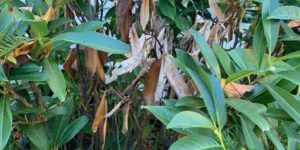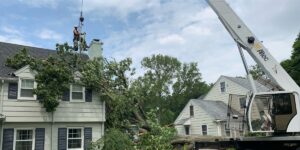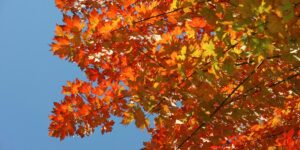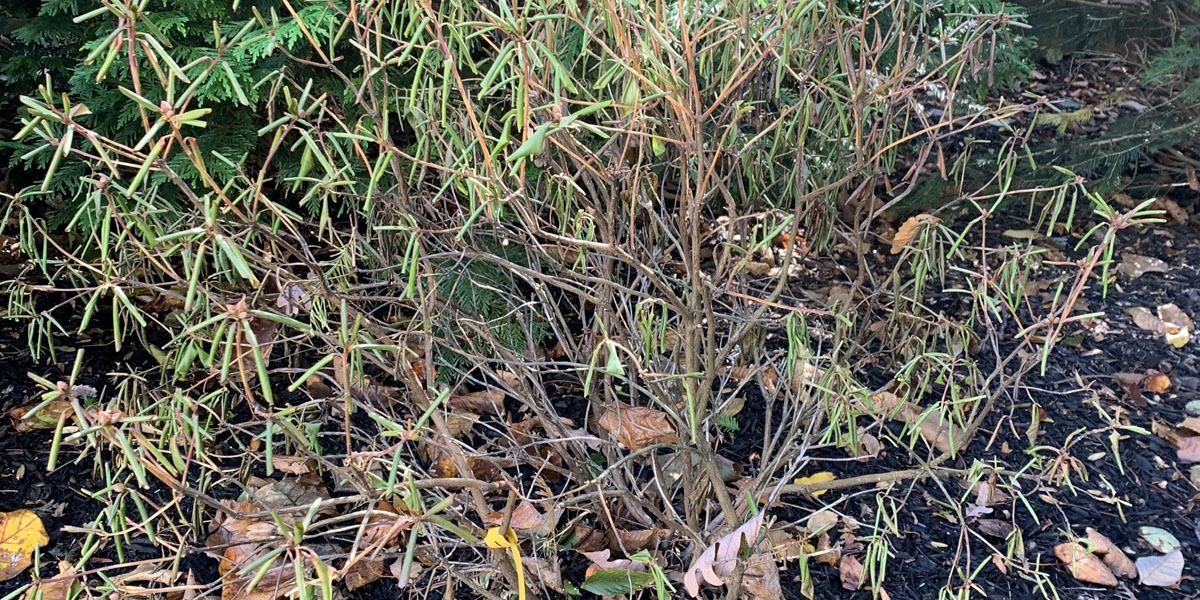Looking at all the green, leafy trees that surround us here in Morris County, you might think that trees don’t need to be fertilized. Each spring, our gardens explode with flowers and shiny new leaves, and our trees and shrubs make it look easy.
But, behind the scenes, these growing plants are furiously using up their stored energy reserves—and they need to replenish them, fast. Unfortunately, our soil doesn’t always contain enough nutrients to meet these needs; often, the soil condition in residential neighborhoods and commercial areas isn’t good enough to support healthy tree growth.
Doesn’t soil provide enough nutrients for trees? We don’t fertilize trees in the forest!
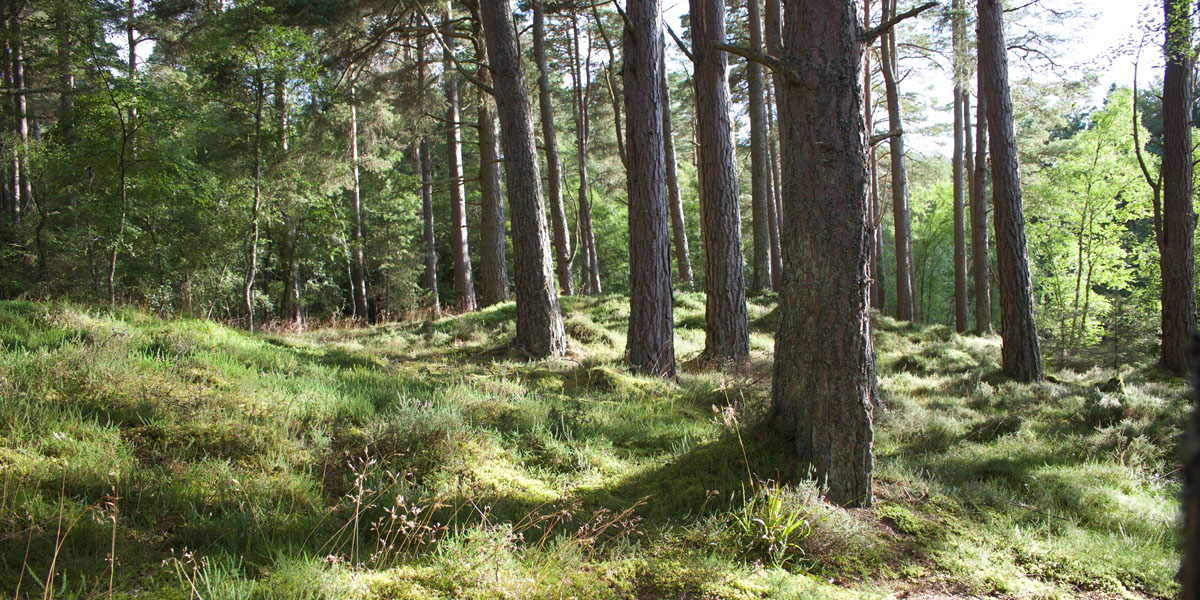
Trees in natural settings get natural fertilizer from decomposing natural materials around them
Our urban and suburban soils are not at all like the native soils found in forests and woodlands.
Forest soils have been enriched over time with naturally occurring organic matter from fallen leaves and have not been compacted or disturbed by construction, vehicle traffic, or other human activity. Trees and shrubs in these settings find all the nutrients they need in the surrounding soil. Their root systems are not inhibited by compaction or damaged by people so they can spread as far as necessary to find moisture and nutrients.
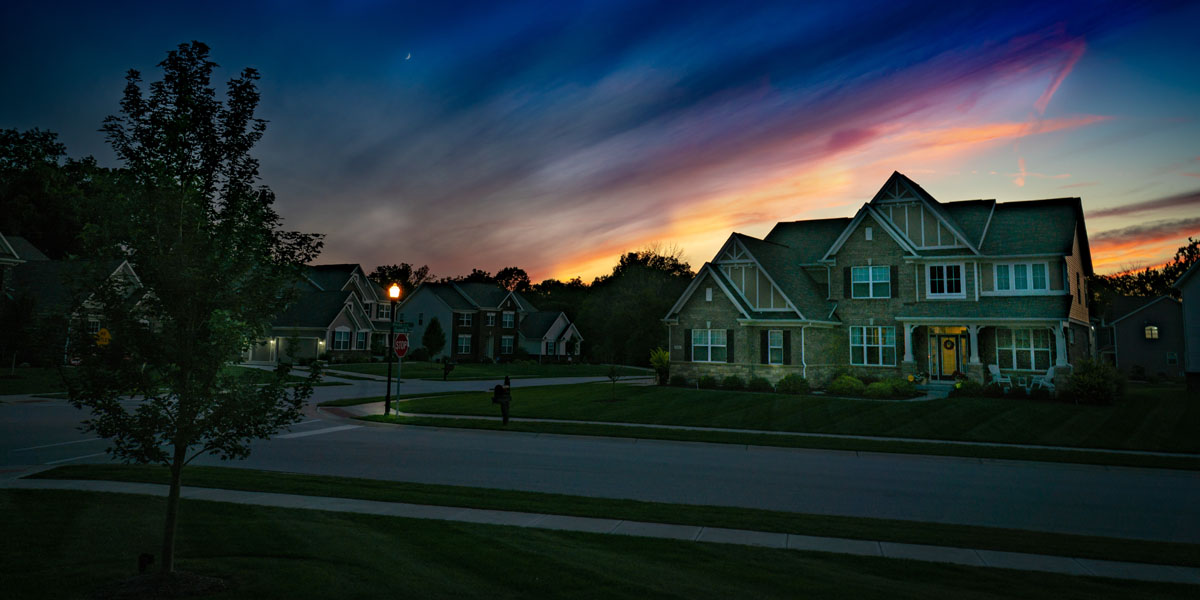
Urban and suburban landscapes need fertilizer
In contrast, urban soils, the kind many of us have around our homes, are often depleted of nutrients and unable to fully sustain a growing tree.
Usually, this is from construction damage, poor maintenance practices that remove organic matter (we’re looking at you, mow-and-blow crews), or because low-quality “fill” soil was used to shape the landscape around buildings.
Do I really need to fertilize my trees?
It depends!
What you grow and what your soil is like are the two biggest factors that determine whether or not your trees need fertilizer.
- Fruiting shrubs and trees, for example, may need more nutrients when they’re flowering and setting fruit.
- Newly-planted trees may need some extra fertilizing to boost their winter store of energy.
- Trees and shrubs that have been damaged from snow, ice, road salt, pests, or disease need plenty of nutrients in spring. During this time, they are both pushing out new flowers, leaves, and branches AND internally sealing off areas of damaged or diseased wood from the rest of the tree.
- Additionally, if you’ve pruned your shrubs and trees this winter, those pruning-cut wounds are also being sealed by your trees—another energy-intensive activity.
NOTE: Your trees and shrubs will also need enough water to perform these tasks and maintain health. Check your irrigation system and make sure there’s enough (but not too much!) moisture in your soil. Dehydrated plants are more susceptible to both insects and diseases.
How do I know if my trees have enough nutrients?
If your plants and trees are healthy and vigorous, and don’t show signs of stress, you may be all set.
But if you see any of the following signs of stress or nutrient deficiency, your soil may not have all the nutrients required for healthy plant growth.
- Yellow, brown, or twisted leaves
- Yellow leaves with green veins
- Branch die-back
- Stunted growth
- Lack of vigor
How much fertilizer should I apply?
The good news is that if your plants look stressed and your garden soil doesn’t have all the nutrients your plants need, help is at hand.
With a soil test we can tell you exactly what’s in your soil – and what isn’t.
Then, our Tree Health Management (THM) program will tailor fertilization to your trees’ specific needs.
You can also have a soil test performed by the Soil Testing Laboratory through the New Jersey Agricultural Experiment Station at Rutgers. Prices range from $20 to $90 and include basic recommendations to correct any deficiencies.
When should I apply fertilizer to my trees?
That depends… Generally, spring and early fall are the best times of year to fertilize trees in New Jersey. But you can also fertilize in summer IF your tree needs it AND you use a gentle fertilizer like compost tea.
Besides the time of year, there are a number of other times when fertilizer should be used.
Learn the signs that tell you when, and when not, to fertilize your trees >>

A soil test is the first step to determine if fertilizer is necessary
What’s the best way to fertilize trees?
While you can apply granular fertilizer to the soil surface around your trees and shrubs, we don’t recommend that approach (see below for the reasons why).
We use a process called deep-root fertilization for maximum results. This fertilization process involves injecting nutrients (and other substances, if needed) directly into the soil, rather than spreading it on top.
Our fertilization technique helps in several ways:
- Nutrients are carefully placed only where plants need them most – their root system
- There’s no waste; we only use the nutrients that are specifically needed by your trees
- Soil is aerated while being fertilized, improving drainage and fertility
- There’s minimal fertilizer runoff
Why is fertilizer runoff a problem in New Jersey?
Fertilizer runoff in New Jersey is serious enough that the state passed legislation to protect our shared waterways.
Both nitrogen and phosphorus runoff cause algae blooms in waterways, reduce water oxygen levels, kill fish and wildlife, and can reach groundwater aquifers. Homeowners can do their part by following fertilizer application instructions instead of taking the “some is good; more must be better” shortcut.
Are there any requirements I should know about if I hire someone to apply fertilizer?
Under the NJ fertilization law, you cannot apply phosphorus unless you’ve conducted a soil analysis that indicates there’s a deficiency.
There’s also a limit to how much nitrogen fertilizer can be used, and at least 20% of that must be slow-release fertilizer.
These regulations also require certification and training for commercial landscapers.
The law also mandates “black-out” periods during which neither nitrogen nor phosphorus may be applied. This applies to both homeowners and contractors.
Fertilizer cannot be applied during the following timeframes:
- Homeowners: November 15 – March 1
- Commercial applicators: December 1 – March 1
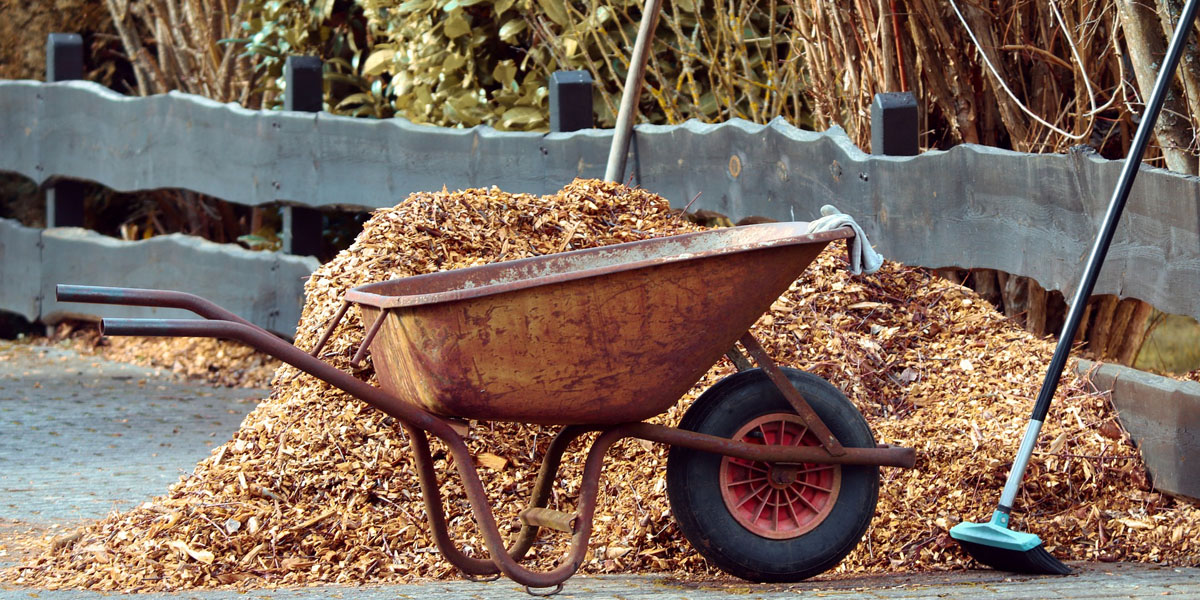
Mulch is another great option for your trees and plants.
What else should I know about fertilizing my trees?
Fertilization isn’t the only way to improve the look and health of your trees and shrubs. We recommend doing the following on a regular basis:
- Add compost to your soil – This will improves its texture, water-holding capacity, and long-term fertility.
- Add a layer of mulch – Always mulch your garden beds and around your trees. A three- to 6-inch layer of organic mulch regulates soil temperature, reduces water evaporation from soil, and keeps weed growth down.
And if you run short of wood chips for mulch, we’ll deliver more!
Need a Hand?
Even in urban settings, your trees and shrubs can be healthy and vigorous. We’re here to help! Our Tree Health Management expertise means your trees will be looked after, tree root to leaf tip, all year long.


